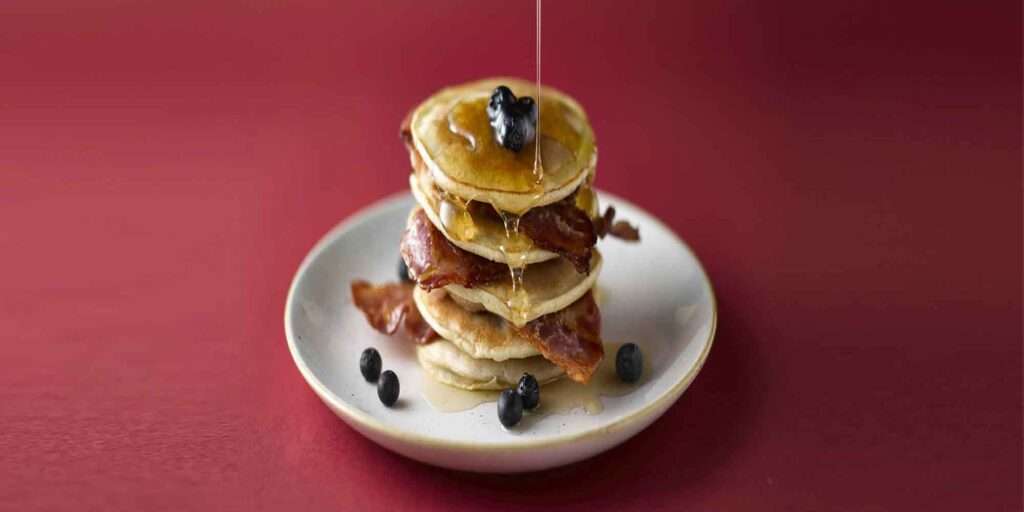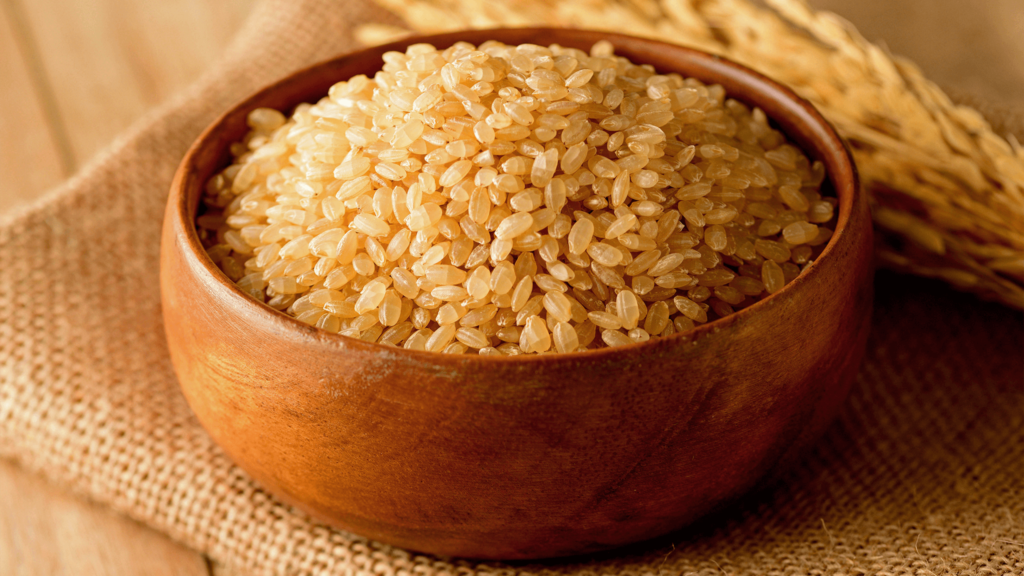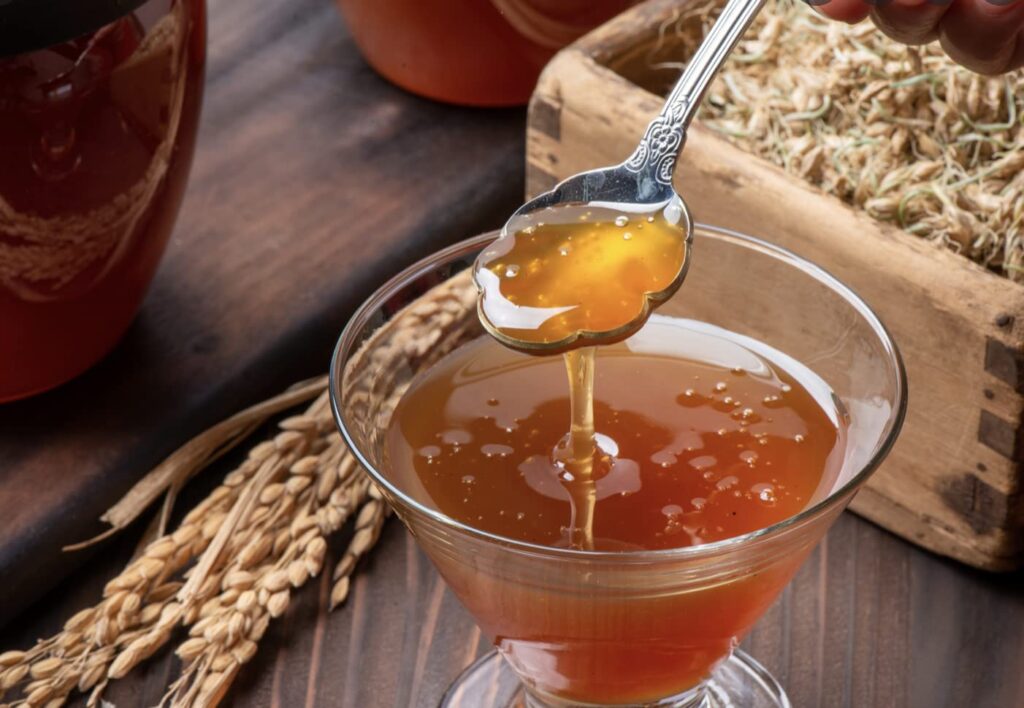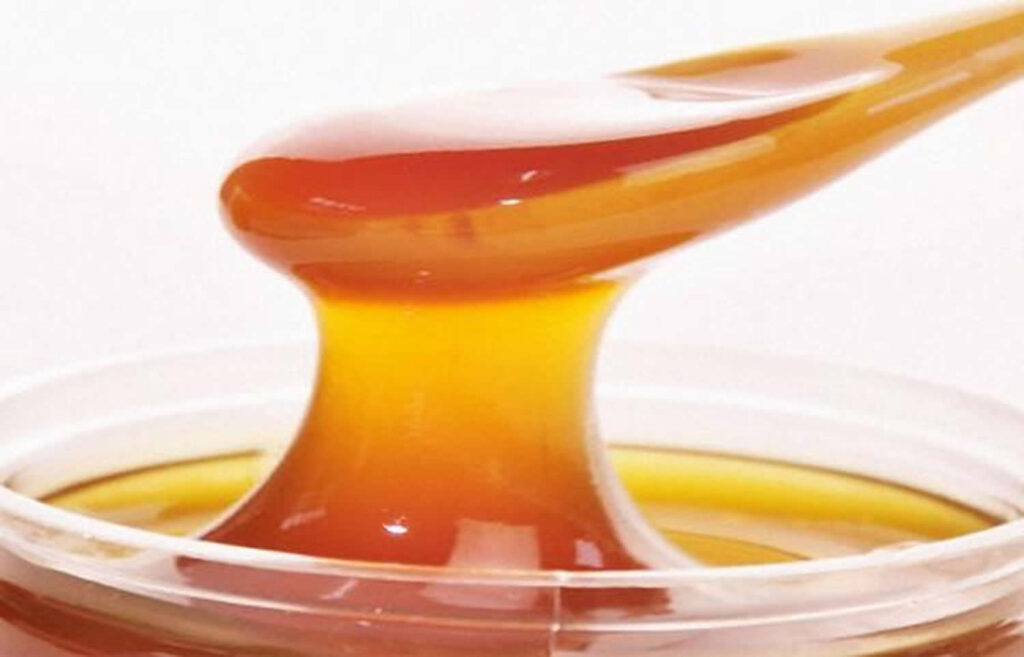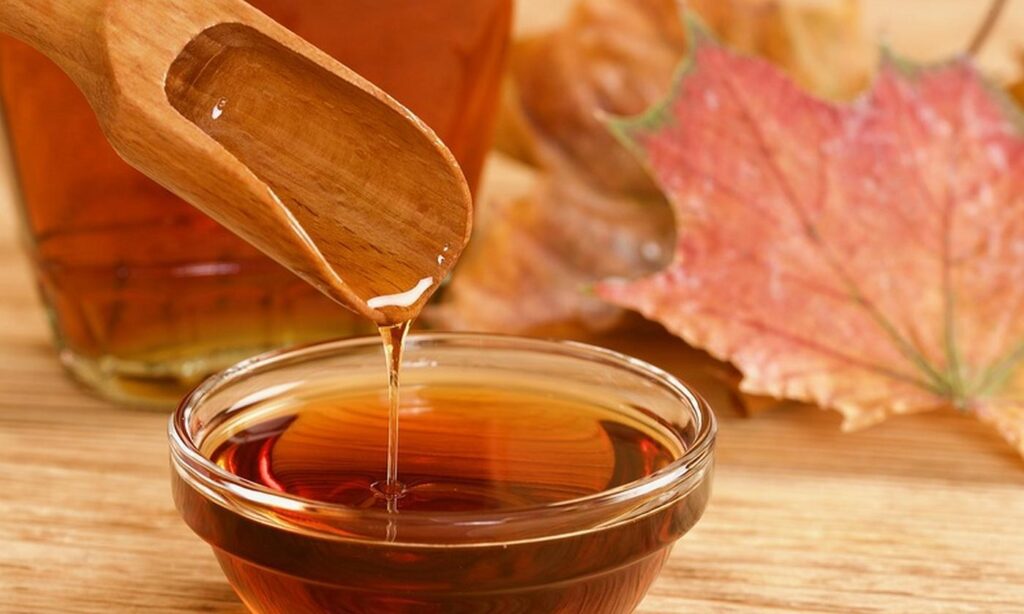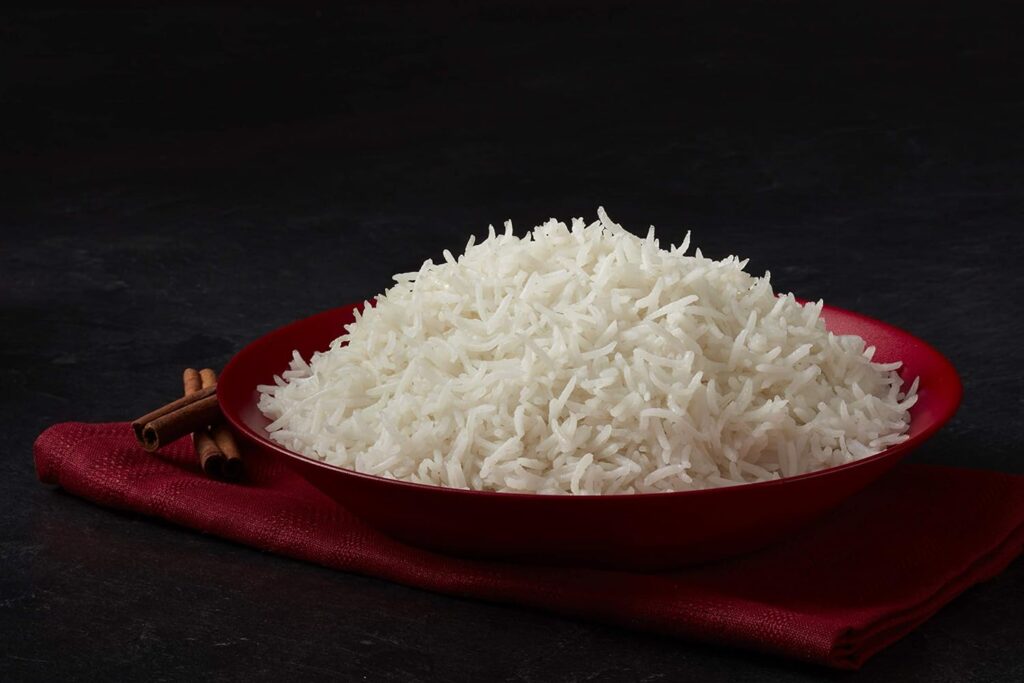Tapioca starch, Corn starch and Potato starch are all types of thickeners which are being utilized as gluten-free or whole wheat flour substitutes. The starches are similar in their thickening function along with their neutral taste. However, there are various properties which set the starches apart from one another.
Where are they sourced from?
Tapioca starch is derived from the Cassava root, a tubular starchy root. It is grown in the native parts of Brazil, equatorial regions and some areas in Pakistan as well. The Cassava root has different species which are either sweet or bitter tasting. These species then differ in their applications as the sweet form is used in the food industry and the bitter form in industrial manufacturing. Since Tapioca starch is derived from a root it is similar to Potato starches which is also sourced from potato roots. The potato roots are crushed together to release the starch which is then separated and dried to form a white powder. These root starches differ from Corn starch which is extracted from corn maize kernels.
How does it handle heat?
The heat capacity of starches plays a vital role in their applications. Corn and Potato starch differ from Tapioca starch in terms of their ability to handle heat. Potato starch has a high resistance to heating temperatures and is resistance to heat breakdown. Similarly, Corn starch is known to hold better against long and high cooking temperatures however Tapioca starch loses its thickening properties when exposed to long cooking times. Due to this Tapioca starch is mostly added towards the end of preparing an item.
Nutritional benefits
The nutritional benefits of these starches are almost mediocre, with none of them being nutrition packed. However, among the three starches Tapioca starch contains more calcium and vitamin B-12 making it a better option. It is also low in calories and easy to digest, preferable to use in cereals. It is also the purest non-genetically modified form of starch available and has no sugar content. It is a healthier option as compared to Potato starch which is low in nutrients and high in carbohydrates. Potato starch can also cause minimal side effects such as bloating, gas or allergies.
Thickening properties
As discussed previously Tapioca, Potato and Corn starches contain thickening agents, however their specific thickening properties differ from one another. Tapioca starch is widely used in baked goods, sauces and puddings resulting in a soft glossy appearance. It is beneficial in helping the baked goods rise while baking and adding substance to restaurant quality proteins. Specifically, in frozen food items Tapioca starch is advantageous as it helps to maintain its texture even after being thawed. On the other hand, Corn starch has to be used with more caution as it can degrade in high acidic environments such as lemon or orange juice. In terms of the properties of Potato starch as study in 2015 concluded that among Tapioca, Starch and Potato starch, Potato starch produced the most viscous high-quality gluten-free bread.
Conclusion
The combined properties of Tapioca, Corn and Potato starch each have their own benefits and downsides. However, the nutritional and thickening properties of Tapioca starch make it a better additive than the latter. With the market being increasingly health conscious its low calorie and sugar free nature makes it a better option. As well as its versatile thickening nature gives makes it a better option to be used in the food industry. Even though all three options serve similar properties according to the product being manufactured the starch can be substituted.

